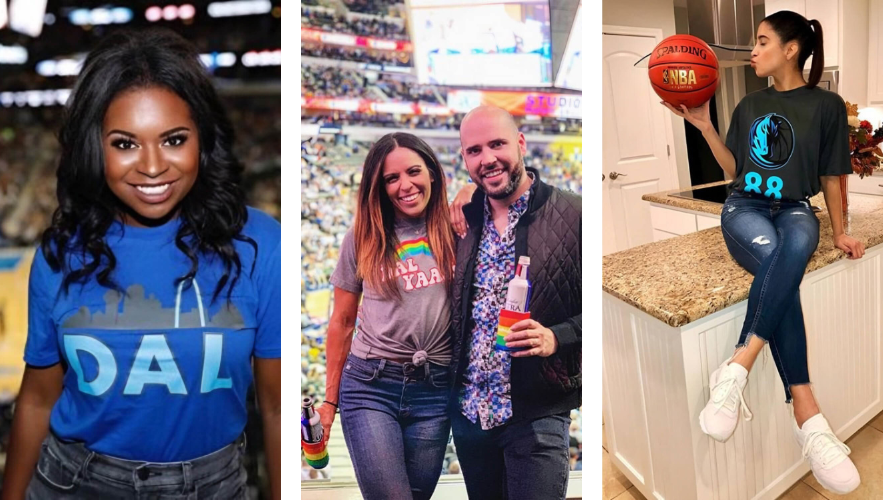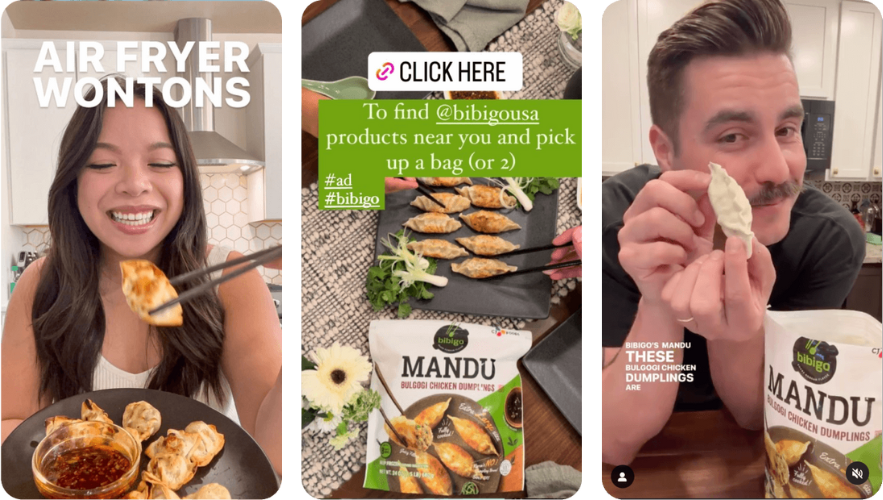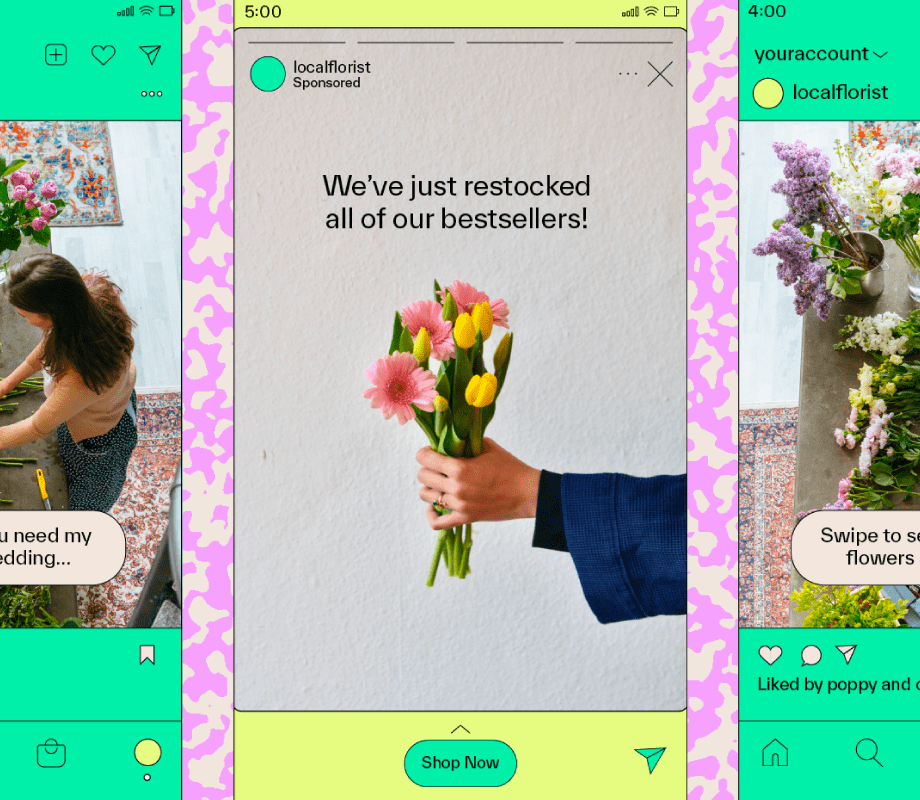Marketing isn't what it used to be—it's bigger, bolder, and more complex than ever. Businesses have so many ways to reach and connect with their audiences, but the two MVPs of the game are brand marketing and performance marketing.
Each of these marketing types has its unique strengths. Understanding the difference between them and how to take advantage of each is the secret combo you need to knock out your competitors and grow your business exponentially.
Ready to dive into the ring and discover how to balance these powerhouse marketing strategies? Let’s go!
Table of Contents
Join over 1 million marketers to get social news, trends, and tips right to your inbox!
Email AddressBrand Marketing
What is Brand Marketing?
Brand marketing is all about creating a strong and positive perception of your brand in your customer's minds. It’s not just about selling a product; it’s also about telling a consistent story, creating memorable experiences, and ensuring a cohesive brand identity across all marketing channels.
Adobe nailed it by putting it frankly, “Brand marketing is like giving your business a personality and making sure it's the kind with which everyone wants to be friends”.
The Goals of Brand Marketing
The primary objectives of brand marketing include increasing brand awareness, building customer loyalty, and establishing your brand personality that resonates with the target audience. Doing this means you can create a stronger connection with your customers, which can lead to long-term relationships and repeat business. Sounds like the dream, right?
Short-Term Benefits
In the short term, brand marketing can increase visibility and attract new customers through compelling storytelling and consistent messaging. It helps differentiate a brand in a crowded market.
In a 2019 Edelman Trust Barometer Special Report, “Around 4 in 5 consumers need to trust a brand to consider buying from it.” This shows why brand building is important for new customer acquisition.
Long-Term Benefits
Over the long term, brand marketing will build customer loyalty, ensuring a steady stream of repeat business. According to the same study, “consumers are more than twice as likely to buy first, stay loyal, and advocate for brands they trust”.
A strong brand can even charge higher prices while withstanding market competition more effectively; think of how Apple does this with the iPhone and iPad.
Performance Marketing
What is Performance Marketing?
Performance marketing is the pay-as-you-go superstar of digital marketing strategies. Advertisers pay marketing platforms based on the performance of their campaigns. On the other end, traditional advertising is the cost you pay upfront regardless of the campaign's outcome.
Performance marketing ensures you only pay for the measurable actions consumers take. It’s a win-win: you get clear, quantifiable outcomes, and your budget works harder for you. These actions can include clicks, sales, leads, downloads, or any other defined metrics that align with your goals.
What are the key metrics of Performance Marketing?
Key performance indicators (KPIs) in performance marketing include cost per click (CPC), cost per acquisition (CPA), return on ad spend (ROAS), and conversion rates.
Let's break down the key components that make performance marketing so effective in optimizing your campaign for maximum efficiency and ROI:
Cost-Per-Click (CPC): Advertisers pay for each click on their ads. This model is commonly used in search engine advertising (e.g. Google Ads) and social media advertising. The primary goal is to drive traffic to a website or landing page.
Cost-Per-Acquisition (CPA): Payment is made when a specific acquisition, such as a sale or a lead, is achieved. This model is often used in affiliate marketing, where partners promote a product or service and get paid only when their marketing efforts result in a conversion.
Cost-Per-Lead (CPL): Advertisers pay for each lead generated, such as a form submission or email signup. This is particularly useful for businesses that rely on a steady stream of potential customers for their sales funnel.
Return on Ad Spend (ROAS): This metric measures the revenue generated for every dollar spent on advertising. It helps advertisers understand the effectiveness and profitability of their campaigns.
Conversion Rate Optimization (CRO): Focusing on increasing the percentage of visitors who complete a desired action on a website, CRO is crucial for enhancing the efficiency of performance marketing efforts.
Mastering these components will not only optimize your marketing spend but also drive impactful results.
What’s the Winning Strategy: Brand Marketing or Performance Marketing?
Choosing between brand marketing and performance marketing is like picking your champion in a boxing showdown. At the end of the day, it all depends on your company’s goals. Brand marketing is the heavyweight, building long-term customer loyalty and making your brand a knockout name, while performance marketing is the nimble lightweight, delivering quick, impactful results and revenue punches.
Successful businesses often integrate both strategies, knowing the ultimate victory comes from having fighters across all weight classes! Brand marketing lays the foundation for a trusted and recognizable brand, while performance marketing drives short-term actions that lead to conversions. A mix of these can deliver sustainable growth and profitability for brands. Why settle for one fighter when you can have an unbeatable tag team?
Influencer Marketing
Now, let's talk about the final move that can give your strategy an extra edge—enter influencer marketing. Influencer marketing involves partnering with individuals who have significant or niche followings online to promote your brand, products, or services. These influencers can range from celebrities with millions of followers to micro-influencers with a smaller but highly engaged audience.
The core idea is to leverage their reach and influence to extend your brand’s visibility and engage with a broader audience. Here’s how you can effectively use influencer marketing for brand building:
1. Identify the Right Influencers
The first step is to find influencers who align with your brand values and appeal to your target audience. Tools like influencer databases, social media platforms, and even manual searches can help identify potential partners.
For example, Bibigo, a Korean food brand, collaborated with macro and mega-influencers across TikTok, Instagram, Facebook, and YouTube to highlight their Mandu products. This strategic selection resulted in a 64% increase in impressions and 46 million total impressions.
2. Set Clear Goals
Define what you aim to achieve with your influencer marketing campaign. Whether it’s increasing brand awareness, driving sales, or growing your social media following, having clear objectives will guide your strategy and help measure success.
The Dallas Mavericks set clear goals to boost community involvement by running 14 influencer campaigns targeting millennials, leading to a 12x growth in their ambassador community and 2 million total impressions.

3. Create Authentic Content
Work with influencers to create content that feels genuine and resonates with their audience. It’s helpful to find a tool like Later Influence where you can manage all of your campaigns.
Eggland’s Best partnered with 24 influencers to produce 233 pieces of content across Facebook, Instagram, and Pinterest, emphasizing the unique nutritional benefits of their eggs. The authenticity of the content contributed to the campaign’s success, achieving 5.8 million impressions and over 40,000 engagements.
4. Leverage Multiple Platforms
Different influencers excel on different platforms. Identify where your target audience spends their time and choose influencers who have a strong presence on those platforms, whether it’s Instagram, YouTube, TikTok, or LinkedIn.
Bibigo’s campaign, for instance, utilized multiple platforms to maximize its reach, leading to a 3.2% click-through rate on Instagram and Facebook.

5. Track and Analyze Performance
Use analytics tools on your influencer marketing platform to track the performance of your influencer campaigns. Monitor metrics like engagement rates, click-through rates, conversions, and overall ROI to understand what’s working and where you can improve.
The Dallas Mavericks’ strategy of leveraging influencer-generated content resulted in a 5.8% average engagement rate and significant production cost savings of $23.2K.
The Clear Winner
In the ultimate marketing showdown between brand marketing and performance marketing, influencer marketing emerges as a powerful contender that seamlessly bridges both strategies.
By incorporating influencer marketing, brands can enhance their visibility and engage with a broader audience, leveraging the reach and authenticity of influencers. As demonstrated by successful campaigns from Bibigo, the Dallas Mavericks, and Eggland’s Best, influencer marketing drives impressive results and meaningful engagement.
Influencer marketing offers a dynamic solution, whether you're looking to build long-term brand loyalty or achieve quick, impactful results. Ready to elevate your strategy? If you’re ready to incorporate an influencer marketing platform into your marketing strategy (and hit 3 birds with 1 stone), make sure to sign up for a free demo of Later Influence.
Watch your brand become a champion in the marketing arena.




